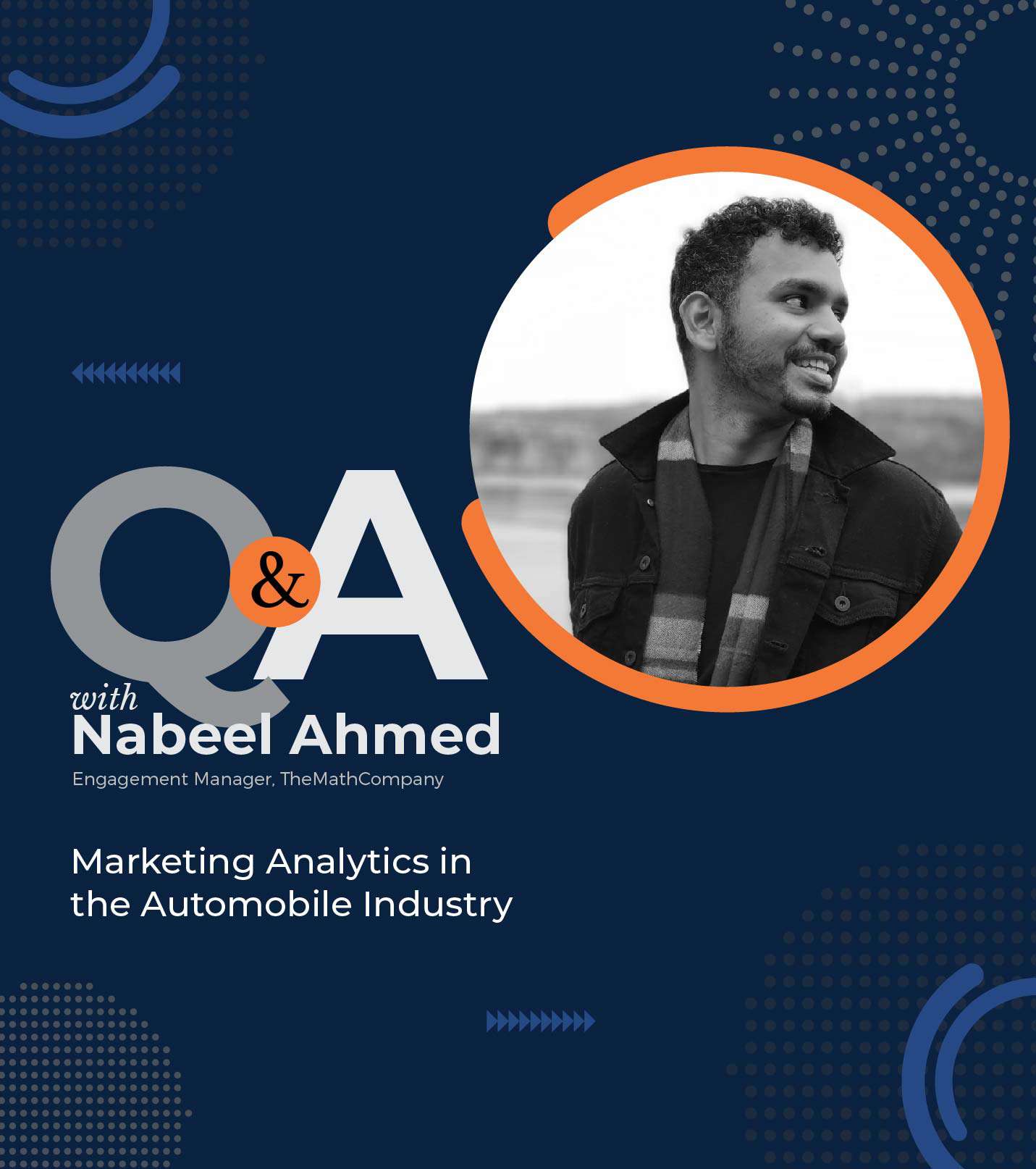Industry
Other


Other

APAC

None
The design recommendation was implemented by the developers for subsequent app releases.
Our client, a well-known name in the Ed-tech philanthropic field, witnessed a declining engagement rate on their learning app. The client was unable to pinpoint factors that were contributing to a telling dip in the download rates of educational material from the app. The client wanted a root cause analysis of the challenges that impacted the app performance. They sought data-based insights that could be leveraged to improve the app features which would improve the user journey and as a result, drive conversion rates.
TheMathCompany utilized behavior analytics to map and comprehend visitor preferences for content that were available in the app for download. This offered actionable insights into the content types that promised better visitor engagement and application navigation aspects, thereby promoting better conversion rates.
A three-phase solution framework was built to track end-to-end user journey, user categorization based on app behavior, and cross-analysis of content use and overall application journey of users who were divided into categories. This highlighted the design faults that were inhibiting a seamless user experience and were resulting in low conversion rates.
Phase 1- Creating a data platform with information on user’s journey
We optimized the navigational aspects and content of the application to suit underprivileged and under 10 years old demography. This required us to take a re-route from the solution framework that we had executed to solve business challenges on similar lines. Moreover, multiple user touchpoints generated an unprecedented amount of unstructured data which added a layer of difficulty to the project. The gathered data pointed at a number of unknown factors that had to be hypothetically tested. We built a structural equation model to validate the findings of the hypotheses testing. One such hypothesis was that the targeted demography tends to exhibit a penchant towards interactive content in lieu of descriptive articles.
To validate the hypotheses, a data platform was built that projected a dexterous and highly visual user journey map. The data platform accumulated user metrics which included app interaction, app data such as duration of sessions, navigation, clicks, views, downloads, among others. Exploratory data analysis formed the podium of our analytical approach to review, clean, and visualize the collected multivariate datasets.
Phase 2- Categorizing users based on their behavior on the application
The learning app had visitors who ranged from NGO representatives, tasked to educate underprivileged children, to digitally naïve kids aged under 10. With scarce information on the nature of app interactions that are typically expected of children under 10 years of age from impoverished backgrounds, as they had little to no exposure to digital learning, the target audience was relatively more complex and this called for a different approach. We switched from the known path of mapping user journey of digitally sound visitors. We learnt and hypothetically tested children’s possible ways of interacting with a learning app and the kind of content that they resonate with. Invariably, the idea of a user-friendly application was fundamentally different for children who had no exposure to the digital medium and people who knew the navigational intricacies of an app. Such variations in age group, demographics, user journeys, and preferences of the users generated an exponential volume of data pertaining to their activities on the app. It was important to identify cohorts of similar users and recommend strategies for each cohort. After a careful process of trying with different combinations of user behavior data sets, the users with varying characteristics were categorized into 5 cohorts. The categorization was based on the metrics derived from their content usage and app navigation which were average time spent, sessions per device, average session duration, and average content/non-content duration.
Phase 3- Analysis of 5 cohorts and ideating directions to optimize the application
The behavior of each user under specific cohorts was analyzed and compared, which generated definitive insights into the user cohorts’ preferences and design faults that were forcing them to either abandon a content midway or exit the application. Based on the insights, we suggested a complete overhaul of the home-screen which was generic for all visitors irrespective of their unique attributes. We recommended developing questionnaires based on each user’s attributes, which would be displayed on the landing page of the application. This made the learning application more customized to users’ needs as well as an opportunity to evolve with engaging content.

Blogs April 8, 2021
Q&A with Nabeel Ahmed: Marketing Analytics in the Automotive Industry
Blogs June 6, 2022
How Hyper-Personalization is Shaping Patient Support Programs
Blogs June 7, 2022
Architecting MLOps Solutions for Healthcare
Blogs July 23, 2022
Unlocking Experiential Automotive Marketing with AI & ML
Blogs Oct. 20, 2022
The AI Bill of Rights: A welcome step toward tech accountability
Blogs July 15, 2022
How CPG Businesses are Utilizing Data to Mitigate Inflationary Risk
Stay up to date with the latest marketing, sales, and service tips and news.

Subscribe to our newsletter to receive latest updates